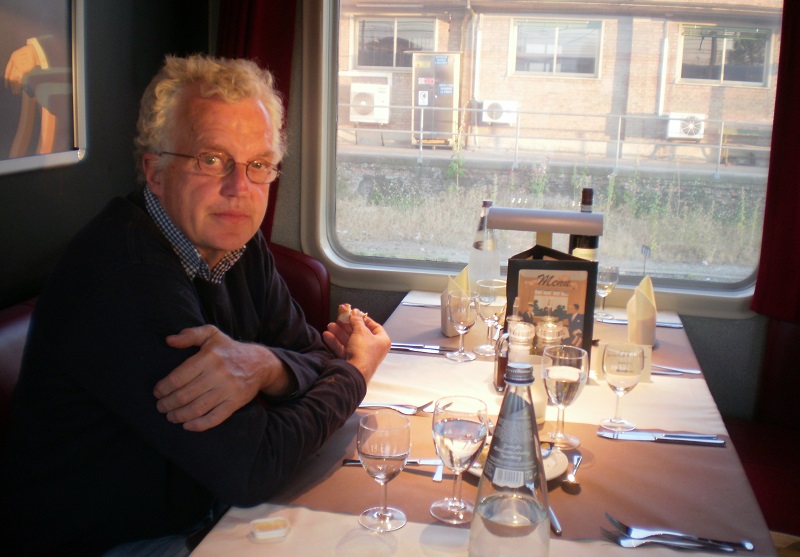The literature of railways is more crowded than a morning commuter train into Waterloo. There are more than 25,000 titles listed in George Otley’s Bibliography of British Railway History and more appear every week. However, the majority are aimed at rail enthusiasts who interest tends to be technical and detailed, rather than offering a wider historical perspective on the importance of the railways.
The classic books written during the height of interest in railways in the steam era by the likes of C Hamilton Ellis, OS Nock, Michael Robbins and, in particular, Jack Simmons are invariably out of print but mention must be made of the latter’s The Victorian Railway, (Thames & Hudson 1991) which is the most comprehensive account of the wider impact of the railway. One that was deservedly reprinted relatively recently is Terry Coleman’s The Railway Navvies (Pimlico 2000), the often harrowing account of the men who built the railways.
The most comprehensive recent history is Terry Gourvish’s two volumes on British Railways, British Railways 1948 – 1973, a business history (Cambridge University Press, 1986) and British Rail 1994 – 2007, from integration to privatization (Oxford University Press, 2002). They provide the warts and all history of the organisation whose reputation rather belies its achievements such as reducing its staff from 650,000 to 150,000 over its 50 year existence.
Accounts of train journeys can be rather trainspotterish but Ian Marchant’s Parallel Lines (Bloomsbury 2003) is an amusing tour d’horizon of British railways history written while the author travelled round Britain by train.
The sheer breadth of railway history leads rather naturally to compilations. Andrew Dow’s Dictionary of Railway Quotations (The John Hopkins University Press, 2006) provides a wonderful array of what has been said about the railways from their creation nearly two centuries ago to the present day and he even provides the truth behind the famous ‘wrong kind of snow’ excuse for late running trains
Finally, the story of women in the rail industry is a greatly neglected one, despite the huge numbers who served on the railways in the two world wars whose story has been written out of conventional histories. Helena Wojtczak’s Railwaywomen (Hastings Press 2005) makes amends and will also, rarely of many railway books, appeal to both sexes.
